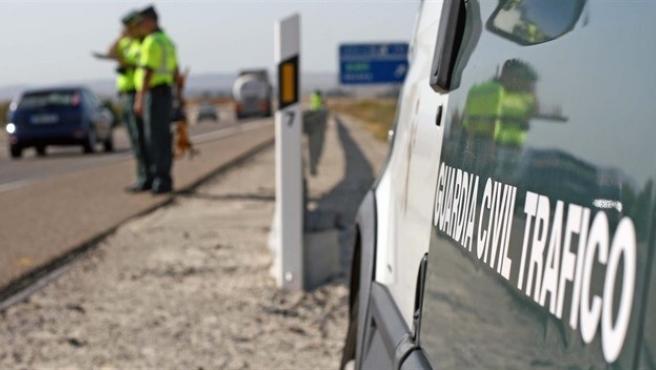THE transition to Spain’s new normal has certainly not gone the way that the Spanish Government had hoped as cases of COVID-19 continue to spike in hotspots across the country.
This has led autonomous governments to revert back to previous stages of travel and lifestyle restrictions to help stem the second wave of the virus.
Most notably, Madrid has placed mobility restrictions on seven of its municipalities, affecting over one million people.
In these areas, residents are not permitted to leave or enter unless for work, school, doctors or legal obligations.
Alongside Madrid, a further 81 municipalities have been placed under some sort of restrictions, with some returning to Phase 1 of lockdown.
Castilla la Mancha has seen the largest percentage of towns that have seen changes, with 47 municipalities preventing nursing home visits and closing bars and restaurants.
Three towns, Bolaños de Calatrava, Modejar and Azuqueca de Henares are completely closed off to external traffic.
Castilla y Leon has crowd and mobility restrictions as well as the town of Palencia returning to Phase 1.
La Rioja has social gathering rules and mobility restrictions in place, while in Navarra, the town of Paralta has been on lockdown since September 24.
Aragon and Catalunya both have towns that have returned to Phase 2 of lockdown measures and in the Balearic Islands, towns in Ibiza, Sant Antony de Portmany and Palma are under quarantine.
There are also cases in Extremadura, Cantabria and Galicia that are currently under quarantine until further notice.
In Murcia, just three towns are experiencing restrictions; Jumilla, Archivel and Lorca, with the latter returning to Phase 1.
Andalucia is expected to publish new measures on Tuesday.








